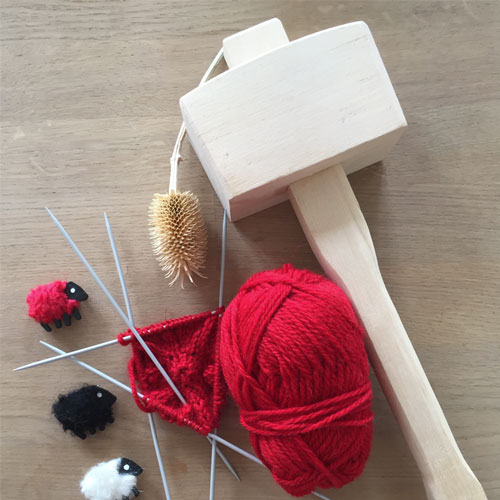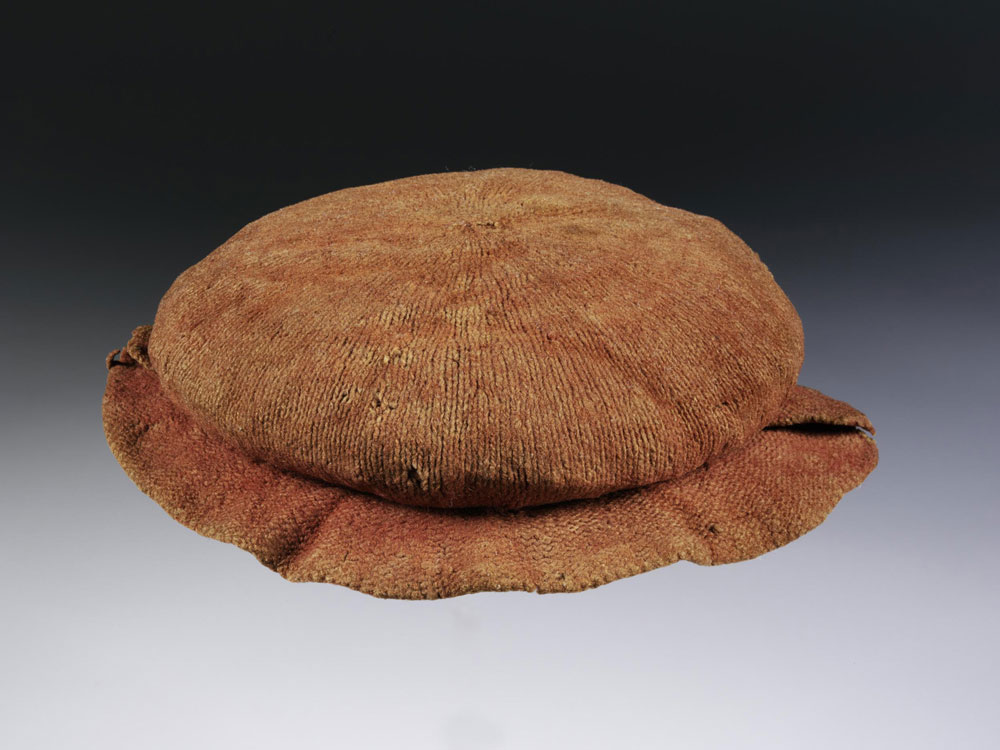Knitting in Early Modern Europe
A resource for the scholarly study of evidence for early knitting
The Knitting in Early Modern Europe research project aims to identify and explore the evidence for this under-researched craft. Knitting is a relatively young textile production method compared to others, such as weaving, netting and knotting, which are millenia older. No evidence for knitting exists in Europe before the Middle Ages and even the earliest material is still controversial as it has not yet been firmly dated or its places of discovery or origin authenticated.
This online resource presents a variety of knitted items – very few with proven provenance – for examination, comparison and discussion. It catalogues a remarkable number of surviving garments thought to be from the early modern era.
Knitting in Early Modern Europe is an ongoing research project which began as an EU-funded Marie Skłodowska-Curie Fellowship at the Centre for Textile Research at the University of Copenhagen, awarded to Dr Jane Malcolm-Davies. The main focus of the project was knitted caps from the 15th to the 17th centuries. It has now expanded to look at other knitted garments, including liturgical gloves, and aims to develop further to include the scholarly study of early modern stockings.
A key ingredient of KEME is its commitment to citizen science as a way of including crucial craft expertise in textile research. Finding a fitting fleece for fulling was the first participatory project which included workshops as far afield as Chicago, Copenhagen, Jutland, Massachusetts and Virginia. Volunteers also knitted fleece and yarn of their own choosing and provided evidence which led to interesting conclusions for reconstructing 16th century caps. Since then, the Textile Research Centre in Leiden (Netherlands) has rigorously researched knitting 17th century silk stockings in this way and a volunteer group in Helsinki has followed the KEME approach to look at woollen stockings.
KEME also collaborates with The Tudor Tailor to reconstruct and publish instructions for garments typical of lower-class people in the early modern era. A key part of the production process for knitted goods was fulling (beating the fabric and raising a nap) to thicken the fabric and improve its surface. Key to successful fulling was the appropriate choice of yarn. The search for a 21st century fleece which makes a good substitute for the raw material used in the early modern era continues …

Participate in the project
If you would like to join the KEME Team, take part in the experimental history project, and/or follow the progress of the research, there are three ways to participate: get knitting, review the evidence in the online database, and stay in the loop by subscribing to The Tudor Tailor’s newsletter.
Find out more

 The Knitting in Early Modern Europe (KEME) project was funded in part by an individual post-doctoral Marie Skłodowska Curie Research Fellowship from August 2015 to July 2017 (grant agreement 656748) awarded by the European Commission. KEME continues with the support of
The Knitting in Early Modern Europe (KEME) project was funded in part by an individual post-doctoral Marie Skłodowska Curie Research Fellowship from August 2015 to July 2017 (grant agreement 656748) awarded by the European Commission. KEME continues with the support of  Marie Skłodowska-Curie Individual Fellowships are awarded to enhance the creative potential of experienced researchers, diversify their technical or scientific expertise, and acquire new interdisciplinary skills through advanced training in another EU country. Dr Jane Malcolm-Davies received a MSC fellowship to work at the Centre for Textile Research, Copenhagen from August 2015 to July 2017.
Marie Skłodowska-Curie Individual Fellowships are awarded to enhance the creative potential of experienced researchers, diversify their technical or scientific expertise, and acquire new interdisciplinary skills through advanced training in another EU country. Dr Jane Malcolm-Davies received a MSC fellowship to work at the Centre for Textile Research, Copenhagen from August 2015 to July 2017.
 Initial research into medieval and early modern gloves was funded by a
Initial research into medieval and early modern gloves was funded by a 